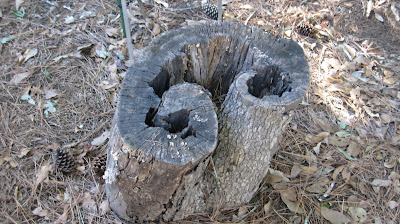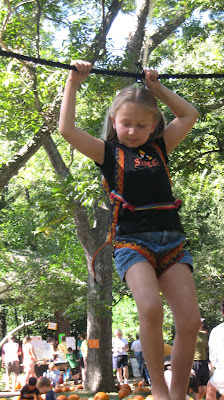Last time, the main play we read was A Midsummer Night's Dream. This time, our main play was Romeo and Juliet. We read both of these stories by reading a shortened version written by Lois Burdett who has taught Shakespeare to her 2nd and 3rd graders for years. She writes her play in couplets, just like Shakespeare, and sometimes uses his own wording.
Besides Romeo and Juliet, we also studied about Shakespeare's life and times. Here are some resources:
- William Shakespeare by Haydn Middleton (What's Their Story?) - great kids biography of Shakespeare
- Romeo and Juliet by Lois Burdett (Shakespeare Can Be Fun) - she has 5 in this series and this is our 2nd - very enjoyable and it helps to make Shakespeare's stories understandable and fun! We really enjoy the kids art wor and short stories - the kids' vocabulary is amazing!
- Shakespeare's England: Henry VIII, Elizabeth I, and William Shakespeare by Cavendish - I actually read this myself and never got around to sharing it with Alexandra, but she would have enjoyed a lot of it
- Shakespeare (DK Eyewitness Books) by Peter Chrisp - great photos, etc, of Shakespeare's time










 Last week, I finally got to photograph, and identify, some Black Vultures. I have seen these huge raptors many times since moving to the Houston area and they always surprise me. They are so large!
Last week, I finally got to photograph, and identify, some Black Vultures. I have seen these huge raptors many times since moving to the Houston area and they always surprise me. They are so large! 

















































